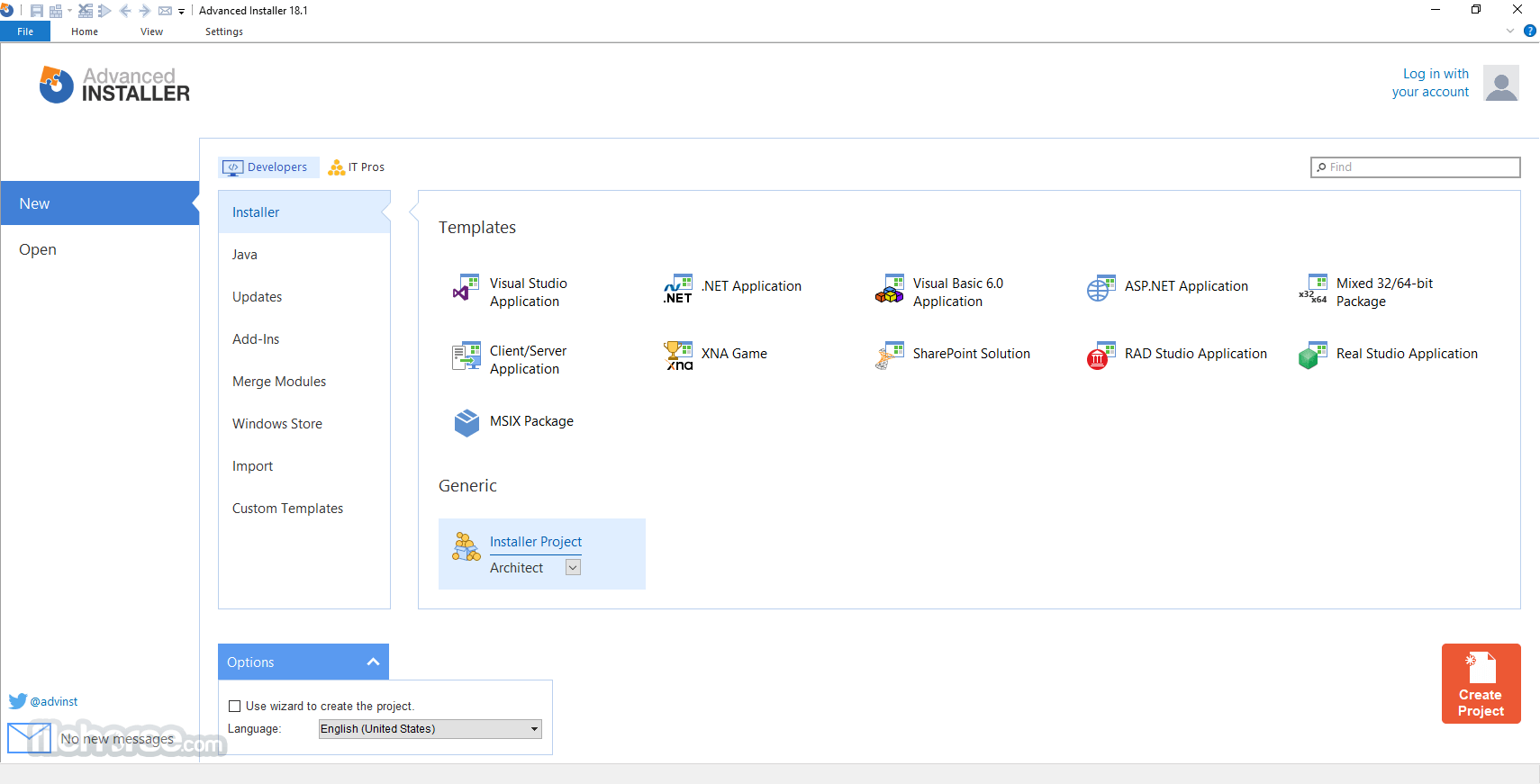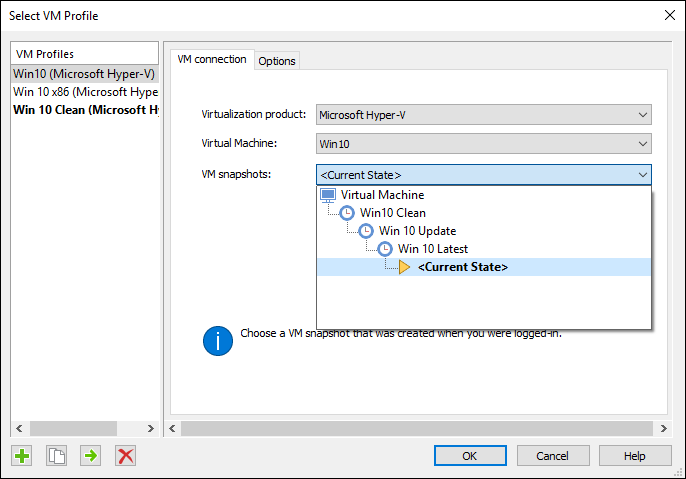
The prerequisites support has been further enhanced with prerequisite launch conditions and dependencies, an improved. Net applications performance and startup time by precompiling them to native images on install.




Let’s discuss how to create your local repositories to make your life easier. But there is a solution that can help – you can create your own local repository and deploy your packages to it. It might take some time and isn’t always an easy process. You might be able to use the local package install tools, namely dpkg or rpm, however, there are cases where packages can’t be installed due to the dependencies and you need to install all dependencies manually. Nevertheless, there are some cases where you need to install just a few standalone packages. Most packages are included in the official distribution repositories or 3rd party software repositories. For Linux, the most common way to distribute software is binary packages in the rpm or deb format.


 0 kommentar(er)
0 kommentar(er)
